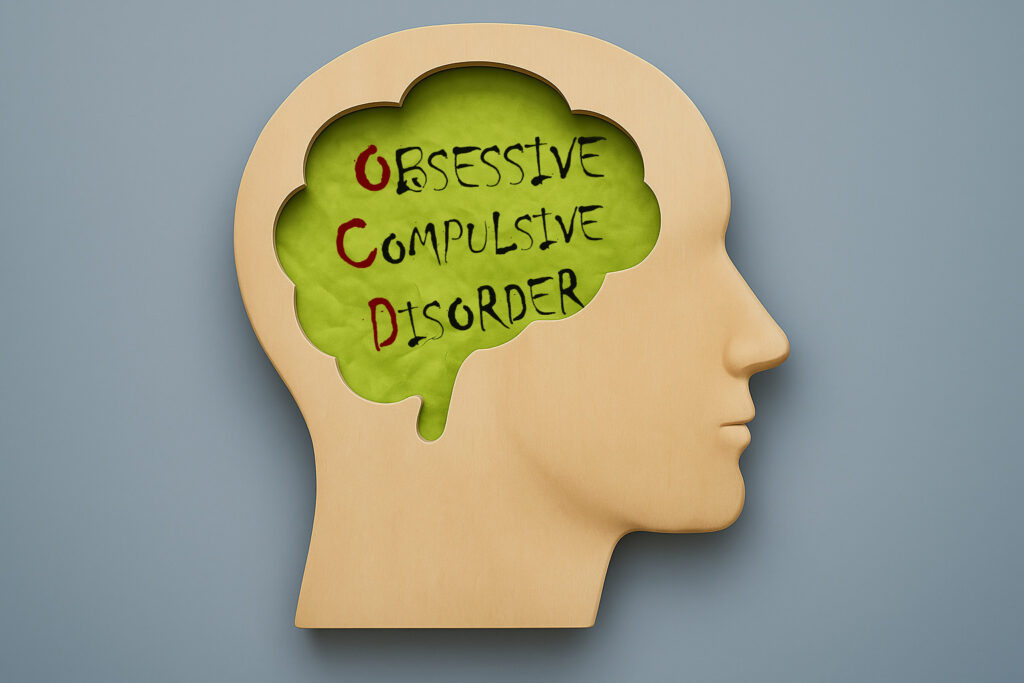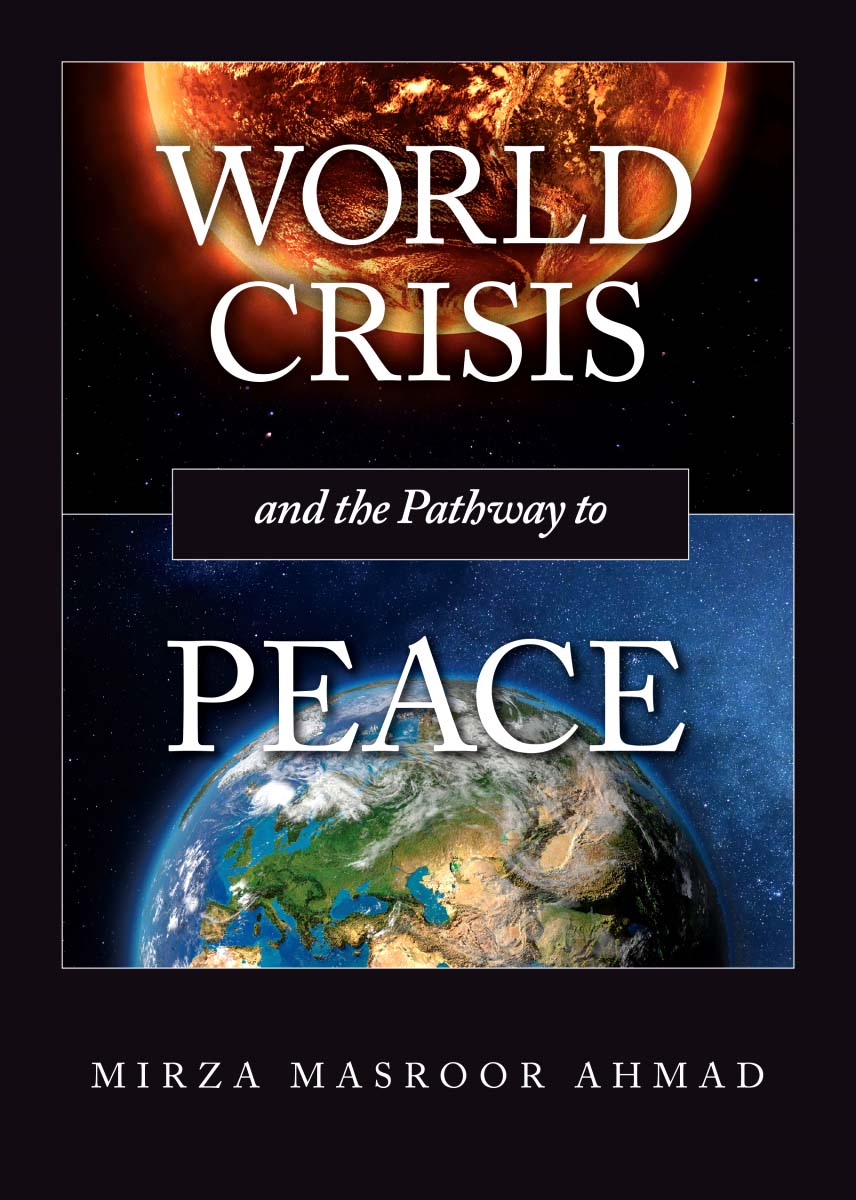SAMAR HAFEEZ, BANGALORE
Have you ever felt compelled to check the door lock again and again, despite knowing it was already locked? Or felt the urge to clean something repeatedly, even though it was visibly clean? These aren’t just habits—they could be signs of Obsessive-Compulsive Disorder (OCD), a condition that can quietly interfere with daily life.
Obsessive-Compulsive Disorder (OCD) is a mental health condition characterised by recurrent, unwanted thought patterns known as obsessions, which cause one to engage in repetitive behaviours or actions called compulsions. OCD can be debilitating, negatively impacting daily routines and causing significant mental and physical strain and distress.
As the stress in the mind grows unchecked, the urge to engage in certain actions or behaviours becomes compulsive. In an attempt to ease the intrusive thoughts, one engages in these behaviours, only to find themselves entangled in unwanted rituals that further strengthen the vicious cycle.
Over time, this cycle becomes ingrained, blurring the line between voluntary actions and anxiety-driven behaviours. Though compulsions may offer brief relief, they strengthen obsessions and lead to greater distress, draining mental energy and disrupting daily life.
Symptoms
OCD mainly consists of two parts: one relating to obsessions (recurrent thoughts), and the other relating to compulsions (recurrent behaviours). While many people experience both, it is also possible to have only obsessions or only compulsions. Below are some examples of symptoms that help differentiate the two:
Obsessive symptoms:
- Excessive fear of getting contaminated by germs or dirt.
- Fear of making a mistake.
- Fear of harming oneself or others.
- Thoughts about order, neatness or perfection.
- Fear of forgetting or losing things.
- Upsetting or unwanted thoughts related to religion or morality.
- Unwanted sexual thoughts.
- Excessive worry about losing control over one’s actions or speech.
- Persistent need for reassurance.
Compulsive symptoms:
- Excessive handwashing or bathing (often lasting more than an hour a day).
- Repeatedly arranging items to achieve a specific order or symmetry.
- Constantly checking door locks, handles, stoves, or switches.
- Hoarding things with little or no personal value.
- Performing tasks in a rigid, repetitive order or maintaining inflexible routines.
- Experiencing significant distress or irritability when required to step outside one’s comfort zone or safe environment.
- Counting certain numbers or repeating certain words for a specific amount of time, or avoiding certain numbers or words without any clear reason.
- Constantly demanding or seeking words of reassurance.
Constantly trying to suppress bad thoughts and replace them with good ones.
Diagnosis
There is no single test for diagnosing OCD. A mental health care provider typically makes a diagnosis based on the patient’s medical and mental health history. The provider assesses the symptoms and their impact on functionality using the criteria outlined in the Diagnostic and Statistical Manual of Mental Disorders (current version: DSM-5).
The diagnostic criteria for OCD include:
1. Presence of obsessions, compulsions, or both:
Obsessions are defined by:
- Recurrent and persistent thoughts, urges, or images that are experienced, at some point during the disturbance, as intrusive and unwanted, and that in most individuals cause marked anxiety or distress.
- The individual attempts to ignore or suppress such thoughts, urges, or images, or to neutralise them with some other thought or action (e.g., by performing a compulsion).
Compulsions are defined by:
- Repetitive behaviours (e.g., handwashing, ordering, checking), or mental acts (e.g., praying, counting, repeating words silently) that the individual feels driven to perform in response to an obsession or according to rules that must be applied rigidly.
- These behaviours or mental acts are aimed at preventing or reducing anxiety or distress, or preventing some dreaded event or situation. However, the behaviours or mental acts are not connected in a realistic way to what they are intended to neutralise or prevent, or they are clearly excessive.
Note: Young children may not be able to articulate the aims of these behaviours or mental acts.
2. The obsessions or compulsions are time-consuming (e.g., take more than one hour per day) or cause clinically significant distress or impairment in social, occupational, or other important areas of functioning.
3. The symptoms are not attributable to the physiological effects of a substance (e.g., drugs of abuse, medications) or another medical condition.
4. The disturbance is not better explained by the symptoms of another mental disorder.
What causes OCD?
The exact cause of OCD is not fully understood, but research suggests that a combination of biological, psychological, and environmental factors may contribute to its development. Common contributing factors include:
1. Genetics: Having a first-degree relative—a biological parent or sibling—with OCD increases the likelihood of developing the condition.
2. Brain structure and function: Structural, chemical and functional changes in the brain have been found as a factor triggering OCD.
3. Childhood trauma: Experiencing abuse, neglect, or extremely stressful situations at a young age has the capacity to trigger symptoms of OCD.
4. Pregnancy and life transitions: Giving birth or other significant life events can contribute to the onset of OCD symptoms.
5. PANDAS syndrome: Paediatric Autoimmune Neuropsychiatric Disorders Associated with Streptococcal Infections (PANDAS) refers to a group of conditions affecting children who have had infections such as scarlet fever or strep throat. It is found that some children develop OCD as a result of these infections.
6. Imitation and learned behaviour: Children’s primary mode of learning is by observing communication styles and behavioural patterns of adults. Regularly witnessing obsessive fears and compulsive actions in family members can affect a child’s learning, leading them to adopt similar patterns in their own thinking, behaviour, and the way they carry out their activities.
7. Cognitive biases associated with personality: Individuals with a tendency to overestimate problems and underestimate their ability to positively and confidently cope with them have a high likelihood of developing OCD, as a negative coping mechanism to manage the stress and discomfort of their negative thoughts and feelings.
Self-help and treatment
Cognitive Behavioural Therapy (CBT): CBT is the most commonly used treatment for Obsessive-Compulsive Disorder. It aims at catching, challenging and changing negative or unhelpful thinking patterns, beliefs, and behaviours that trigger or sustain symptoms of OCD.
Exposure and Response Prevention therapy (ERP): ERP is a well-researched and highly effective form of treatment. It involves gradually exposing individuals to their most feared or avoided situations, events or images that are directly related to their obsessions and compulsive behaviours, and encouraging them to fully experience the discomfort, in order to learn that the feared outcome does not occur.
For instance, you may be asked to touch a dirty object and then refrain from washing your hands. By staying in the feared or uncomfortable situation without anything negative happening, you learn that your anxious thoughts are just assumptions and not real. Over time, the recurrent thoughts and ritualistic behaviours decrease with consistent ERP practice.
Relaxation exercises and mindfulness meditations: Daily practice of relaxation exercises such as diaphragmatic breathing, grounding exercises (e.g., 5-4-3-2-1 technique), yoga, and guided imagery has been shown to produce good results—especially when paired with CBT.
Medication: Antidepressants, especially Selective Serotonin Reuptake Inhibitors (SSRIs), have been shown to improve OCD symptoms. This medication increases the availability of serotonin—a happy chemical that is vital to manage anxiety, OCD and depressive symptoms.
Self-care: Getting enough good quality sleep, exercise, balanced nutrition, stress management, healthy interpersonal environments, effective parenting, work-life balance and learning to set boundaries can help improve overall physical, emotional and mental well-being. These factors can help you cope with OCD better, decrease its severity, and may even prevent its occurrence to a certain extent.
Conclusion
Whatever the cause may be, it is important to understand that OCD can be treated. Recognising the signs and symptoms promptly—whether in yourself or any of your family members—is the first step towards getting better. Always remember that early intervention leads to a quicker and effective recovery.
(If you or someone you know is experiencing any of the symptoms described in this article, consider reaching out to a mental health specialist or joining a support group.)
Samar Hafeez is a consultant psychologist and a certified holistic health coach currently pursuing her PhD in psychology. She is a regular contributor for Light of Islam.













1 Comment
Musaddika · August 8, 2025 at 2:45 am
Thank you for a very usefully article. I am currently pursuing B.A in psychology. How can I contact you for any kind of suggestions and guidance if I need.